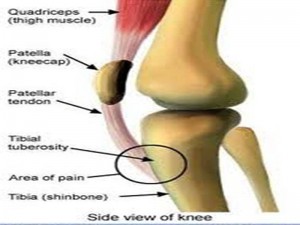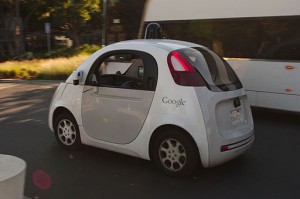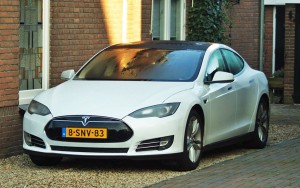Fried potato chips are one of the most common and popular snack around the globe. Often classified as junk food because of it’s high fat and sodium content, food manufactures have been offering a seemingly “healthier” alternative: baked potato chips.

Baked potato chips manufactured by Lay’s (source: Flickr)
Baked potato chips must be healthy, correct? They have been prepared without the deep frying process, therefore contain much less fat than the conventional potato chips. For comparison, one cup of conventional potato chips contains about 10 grams of fat while baked chips contain about 6 grams. In addition, baked chips contain much less saturated fat. According to the American Heart Association, saturated fats increases the level of cholesterol therefore the risk of heart diseases.
Since the fat content is lower, baked potato chips may seem like a healthy alternative, but is this really the case? Studies show that the sodium content of baked potato chips is higher than normal potato chips. Is it suspected that to compensate for less flavour than fried chips, manufactures add more artificial flavouring to baked chips thus increasing sodium content. Research shows high sodium intake leads to higher blood pressure, which is a leading cause for cardiovascular diseases.
The process of making baked potato chips is very different from fried chips. Prior to baking potato chips, the potatoes are dried prior to the baking process. During this drying process, potatoes are heated to high temperatures and releases the chemical compound acrylamide. Acrylamide is a cancer-causing chemical and according to a study by U.S. Food and Drug Administration, baked potato chips contain up to three times the amount of acrylamide compared to fried potato chips. To get an idea of how potato chips are made, have a look at the clip below by NFB:

Along with the addition of extra flavouring for baked chips, we may even find additional ingredients used such as corn oil. While we are removing the frying process with vegetable oil, the corn oil in baked potato fries are just as unhealthy!
Baked potato chips has its benefits of being low in fat content. However, consider the other components you are putting into your mouth before you indulge yourself into a bag of baked chips. They may not be so “healthy” after all.
Daryl Kwok






